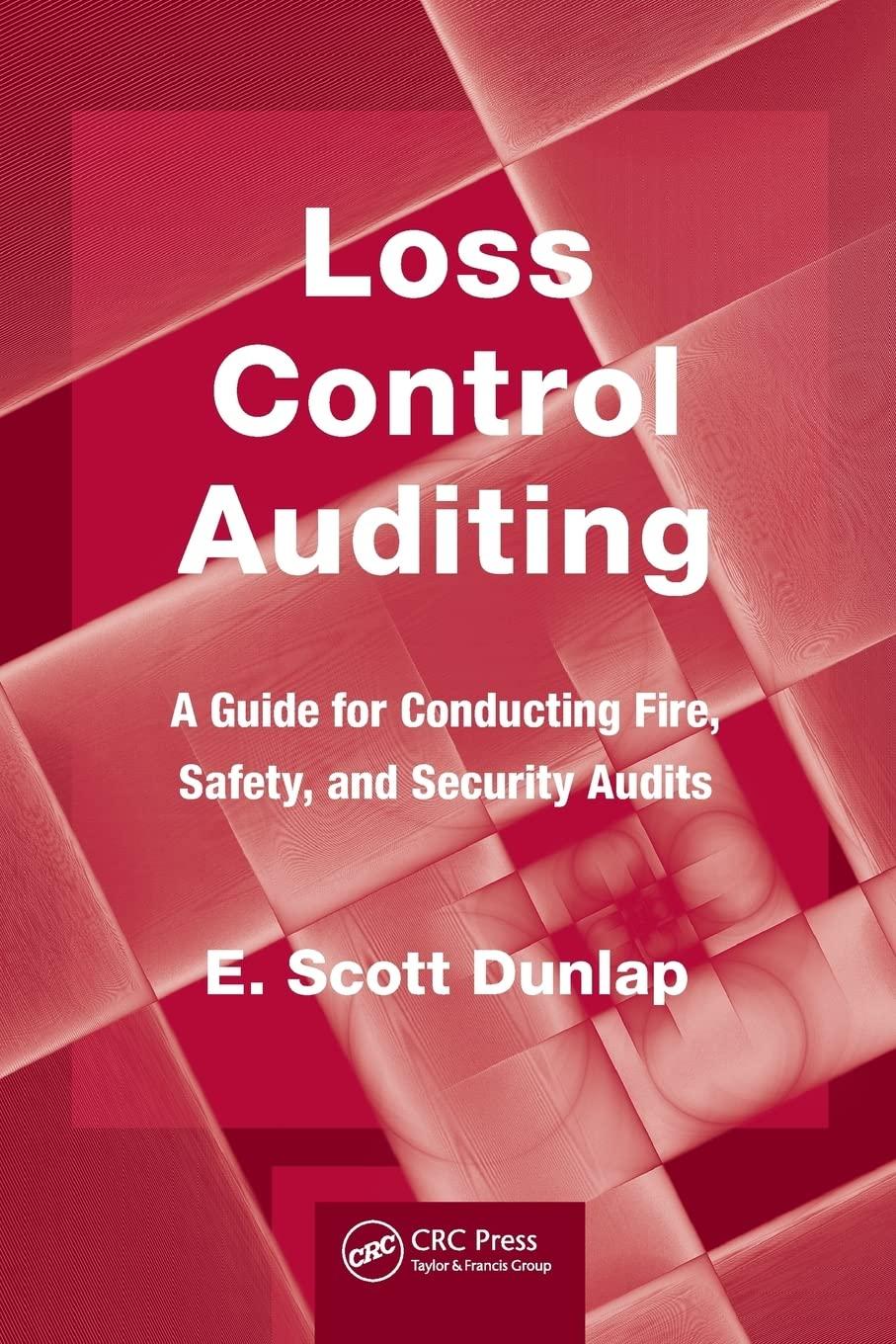Question
True or FalseIndicate if the statement is True (T) or False (F) for each of the following 10 statements: __________ 1. The variances between actual
True or FalseIndicate if the statement is True (T) or False (F) for each of the following 10 statements:
__________ 1. The variances between actual operating results and the initial static budget are almost always made up of both a volume variance and a flexible budget variance as actual volume often varies from planned volume and actual costs differ from budgeted cost.
__________ 2. The variances are considered to be unfavorable when actual costs exceed budgeted costs and actual sales exceed budgeted sales.
__________ 3. The sales and variable cost volume variances are the differences between the static budget amounts, which are based on planned volume and standard prices and standard costs, and the flexible budget, which is based on actual volume and standard prices and standard costs.
__________ 4. Managerial judgment is involved in deciding which variances to investigate and consideration should be given to the materiality of a variance, the frequency with which it occurs, managements capacity to control the variance, and the characteristics of the items behind the variance.
__________ 5. Investment center managers are responsible for revenues, expenses, and the investment of capital; investment centers normally appear at the upper levels of an organization chart.
__________ 6. Capital investments are the purchase of long-term operational assets to be used in a business and essentially involve a decision to exchange current cash outflows for the expectation of receiving future cash inflows.
__________ 7. A responsibility center is an organizational unit that controls revenue and expense items and can be divided into three categories: cost centers, profit centers and investment centers. Cost centers only manage costs and profit centers only manage profits.
__________ 8. The time value of money concept recognizes that the present value of a dollar received in the future is less than a dollar, and that the present value of cash inflows decreases as the time until expected receipt increases.
__________ 9. In evaluating capital investment opportunities, managers can choose among a number of analytical techniques to help in making decisions, such as net present value, present value index, internal rate of return, payback, and unadjusted rate of return. One only needs to select one of these techniques in analyzing capital investment alternatives as each of the techniques will lead to the same conclusion with regard to which alternative is most profitable.
__________ 10. The net present value of an investment opportunity is determined by subtracting the cost of the investment and present value of other cash outflows from the present value of the future cash inflows. A positive net present value indicates the investment will yield a rate of return higher than the minimum rate of return (i.e., cost of capital).
Step by Step Solution
There are 3 Steps involved in it
Step: 1

Get Instant Access to Expert-Tailored Solutions
See step-by-step solutions with expert insights and AI powered tools for academic success
Step: 2

Step: 3

Ace Your Homework with AI
Get the answers you need in no time with our AI-driven, step-by-step assistance
Get Started


